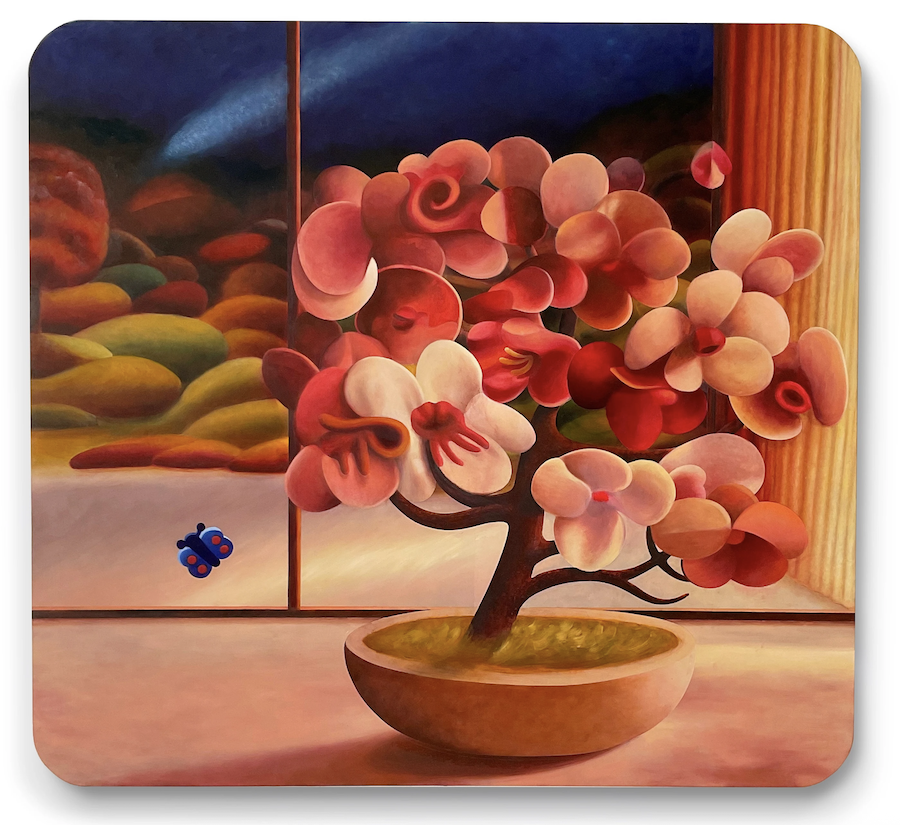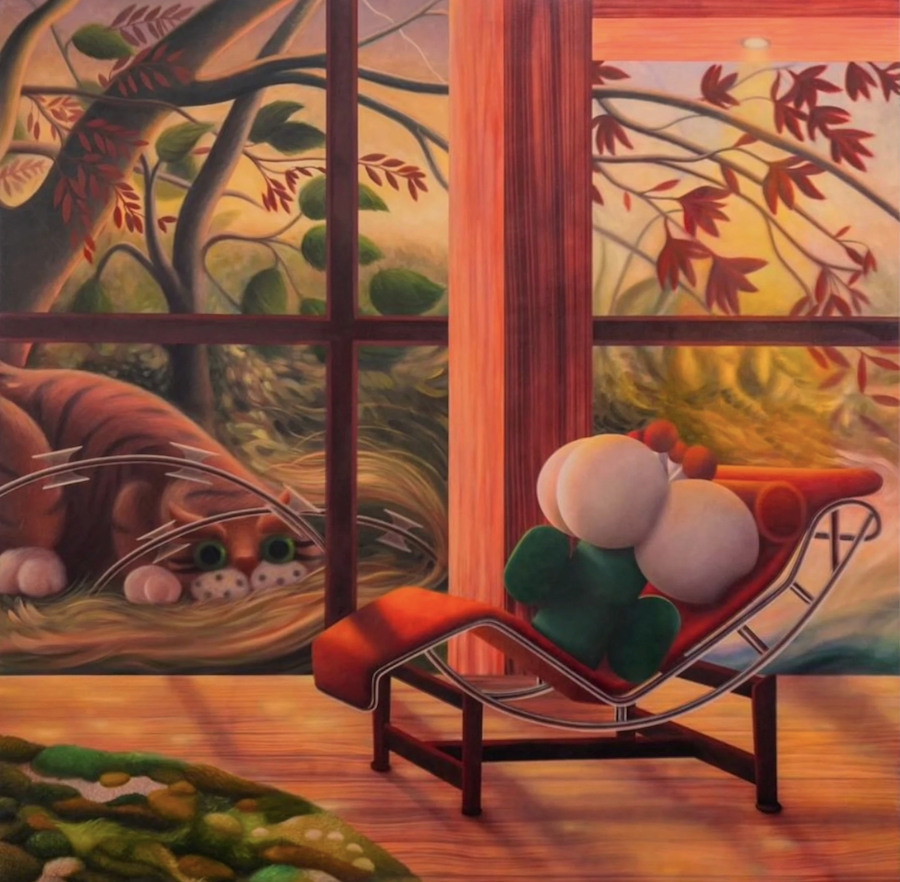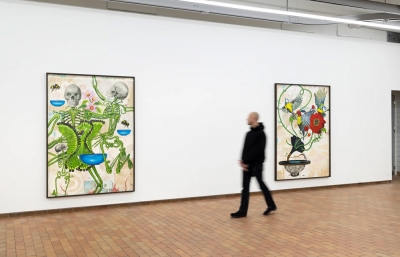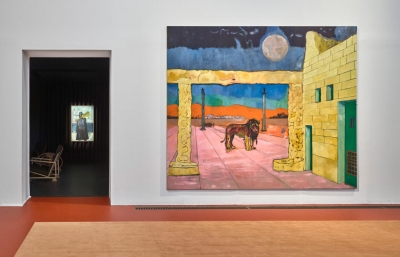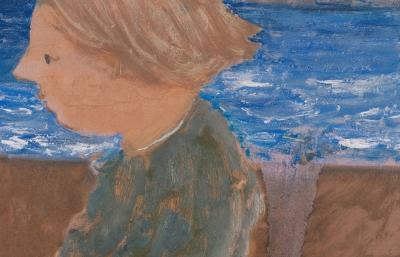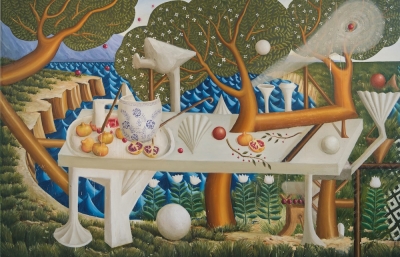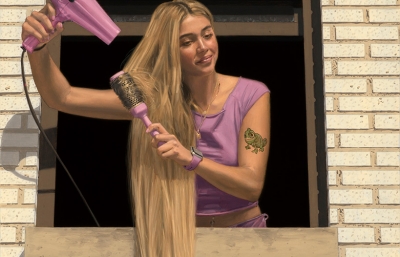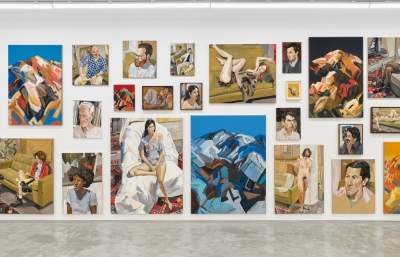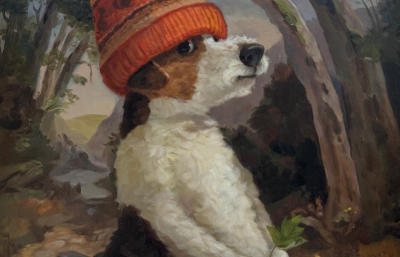Tim Irani, known for exploring the interplay between biological systems and technological advancements, presents his latest series, Machine Dreams at Richard Heller Gallery. This collection delves into the cyclical nature of innovation and the enduring patterns that connect humanity to the natural world.
In creating Machine Dreams, Irani trained a Stable Diffusion model using a curated selection of 40 of his handcrafted artworks. This generative process yielded a vast archive of 10,000 images, from which he meticulously extracted elements—such as trees, flowers, and distinct compositions—to integrate into his new creations.
"There's a lot of noise when you generate images using AI—it takes a lot of fine-tuning and sheer volume of iterations to catch a few sparks of brilliance," Irani reflects. This statement underscores the challenges and intricacies involved in harnessing AI for artistic expression.
The series also offers a contemplative critique on society's tendency to overvalue emerging technologies. As Irani observes, despite extensive experimentation with GPU-generated imagery, only a small fraction proved to be of substantive value. This realization highlights the often-overlooked notion that novelty does not inherently equate to utility.
One of the standout pieces, Blackwell (The Machine), serves as a satirical commentary on the idolization of computational power and the relentless pursuit of advanced computing capabilities. Through this work, Irani invites viewers to reflect on the implications of our collective fascination with technological progress.
Machine Dreams also contemplates the cyclical patterns inherent in both human psychology and the natural world. Just as technological innovations often follow a cycle of fervent adoption, disillusionment, and eventual integration, so too does nature embody cycles of destruction and renewal—exemplified by phenomena like forest fires that clear the way for new growth. This parallel invites viewers to consider the rhythms that govern both our technological pursuits and the ecosystems we inhabit.




